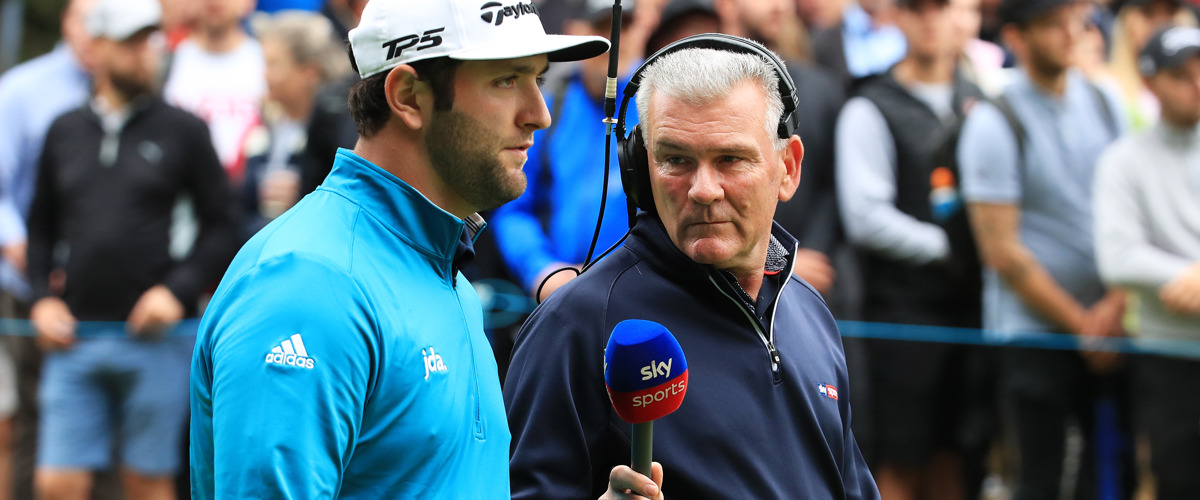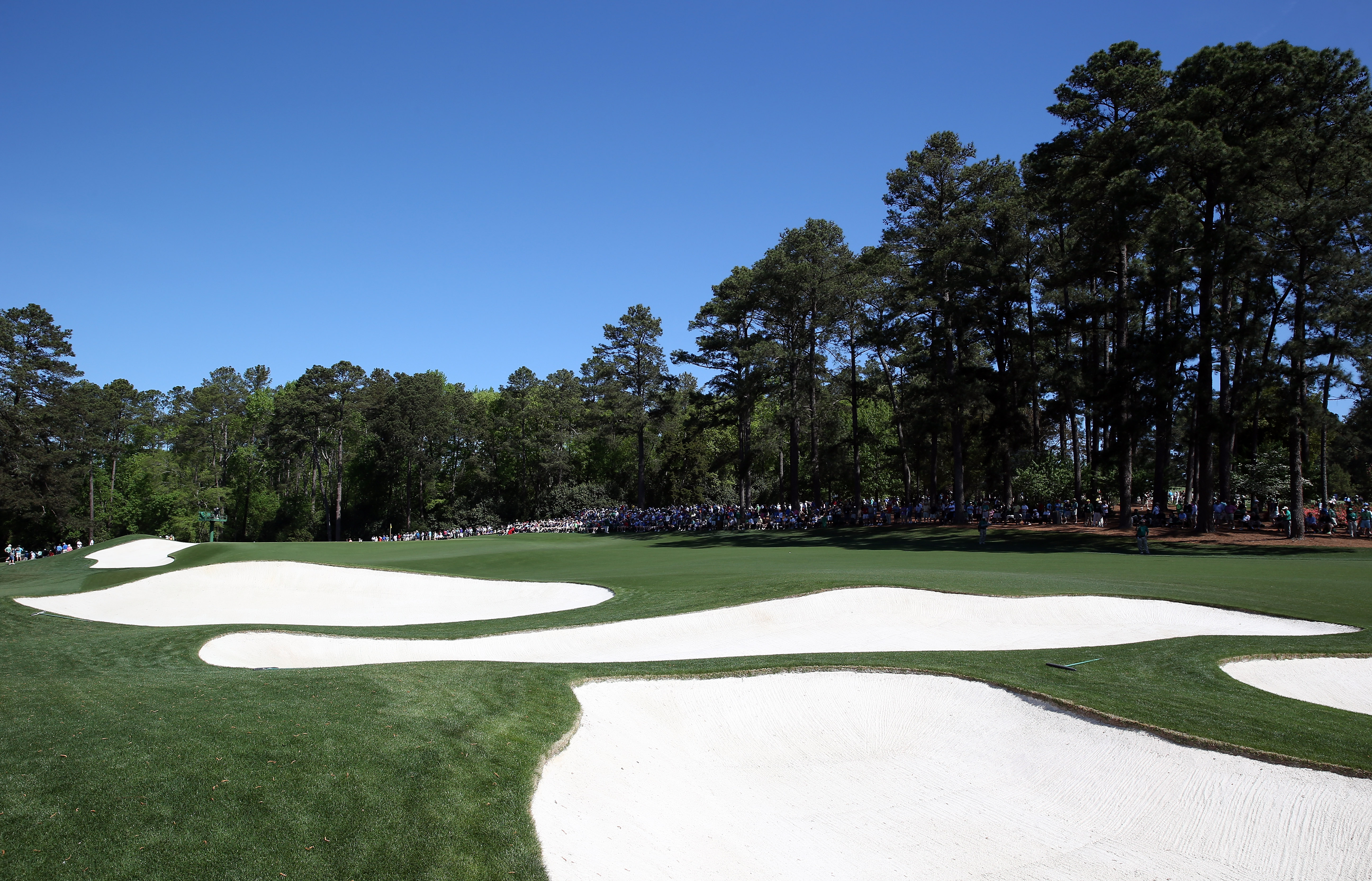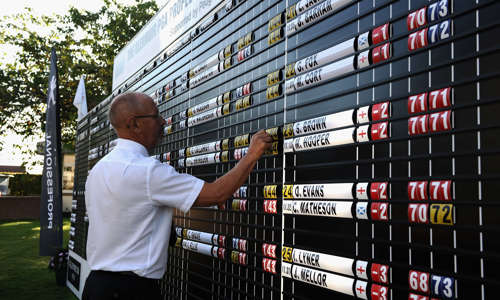What can’t you see on the TV
When I first went to Augusta the first thing I went to look at was the 18th green, there was a Member standing there and I looked at the green and asked 'Why has it been reduced in size?' – and he replied that it hasn't.
On TV it looks twice the size of that and that just staggered me. Some greens look so big on TV and yet they are not. I remember getting to 17 I’d walked 100 yards off the tee and I was on the left-hand side and I looked to the left and there was another green there, a little tiny green. It was so small and sloping that I thought that it must be the par 3 course but it was the 7th hole on the main course. You know the greens are slopey because you see players putting with their backs to the hole at times but I don’t think you can appreciate how slopey they are and, combined with the speed, that means they are a completely unique challenge. The players don’t play anything like that anywhere else in the world – they face extremely fast greens, and they face slopey greens, but they do not face the combination of both.






































